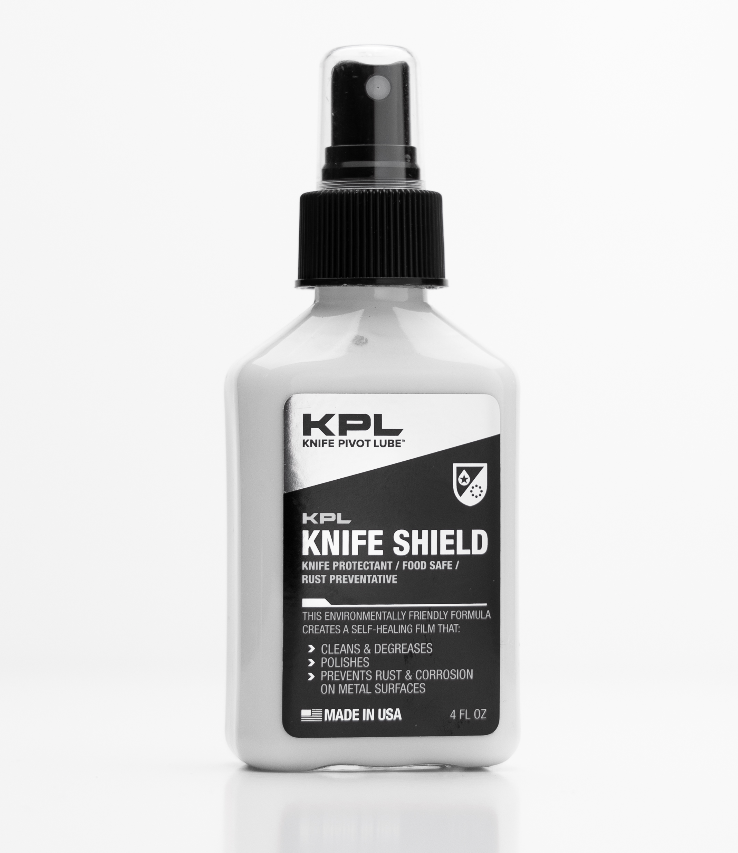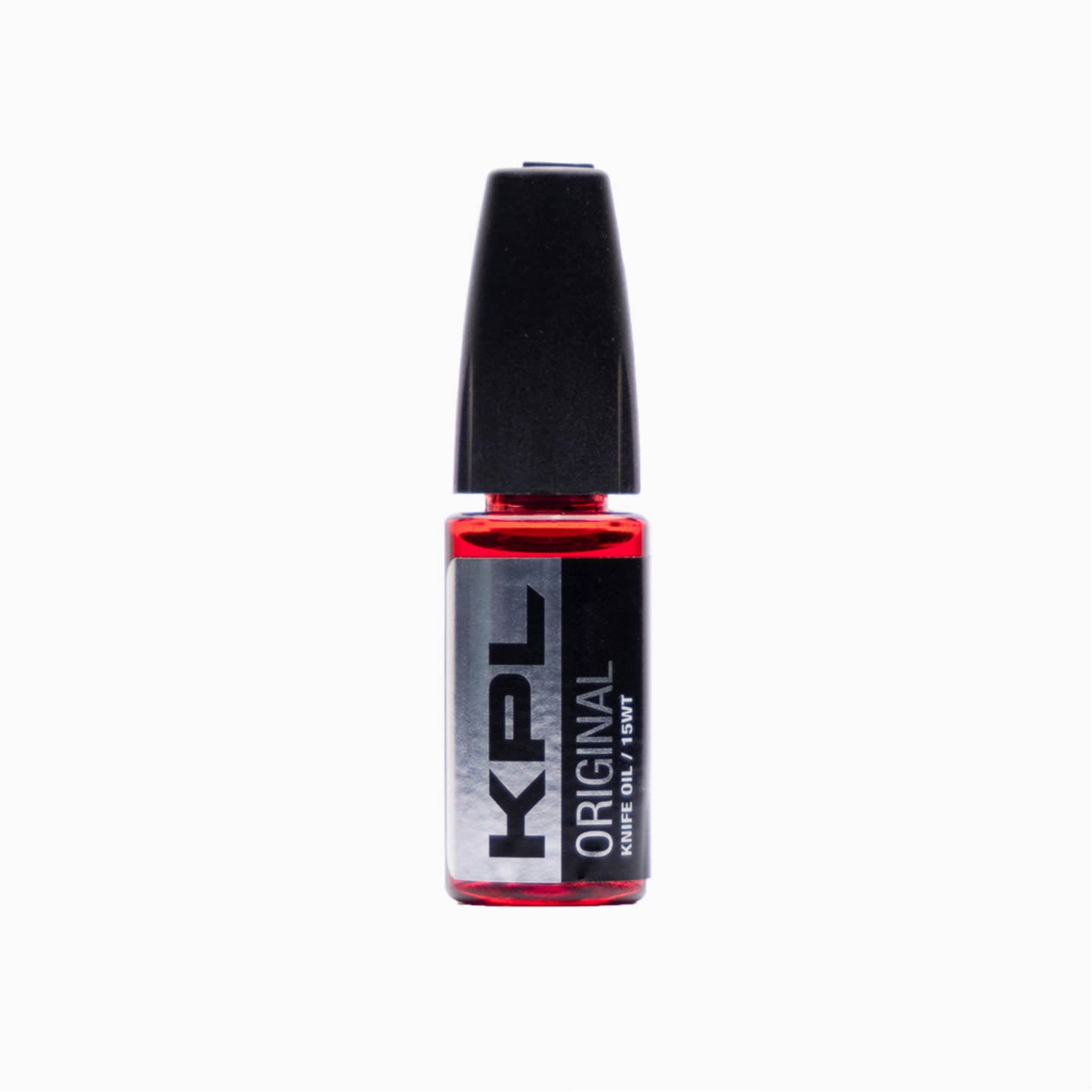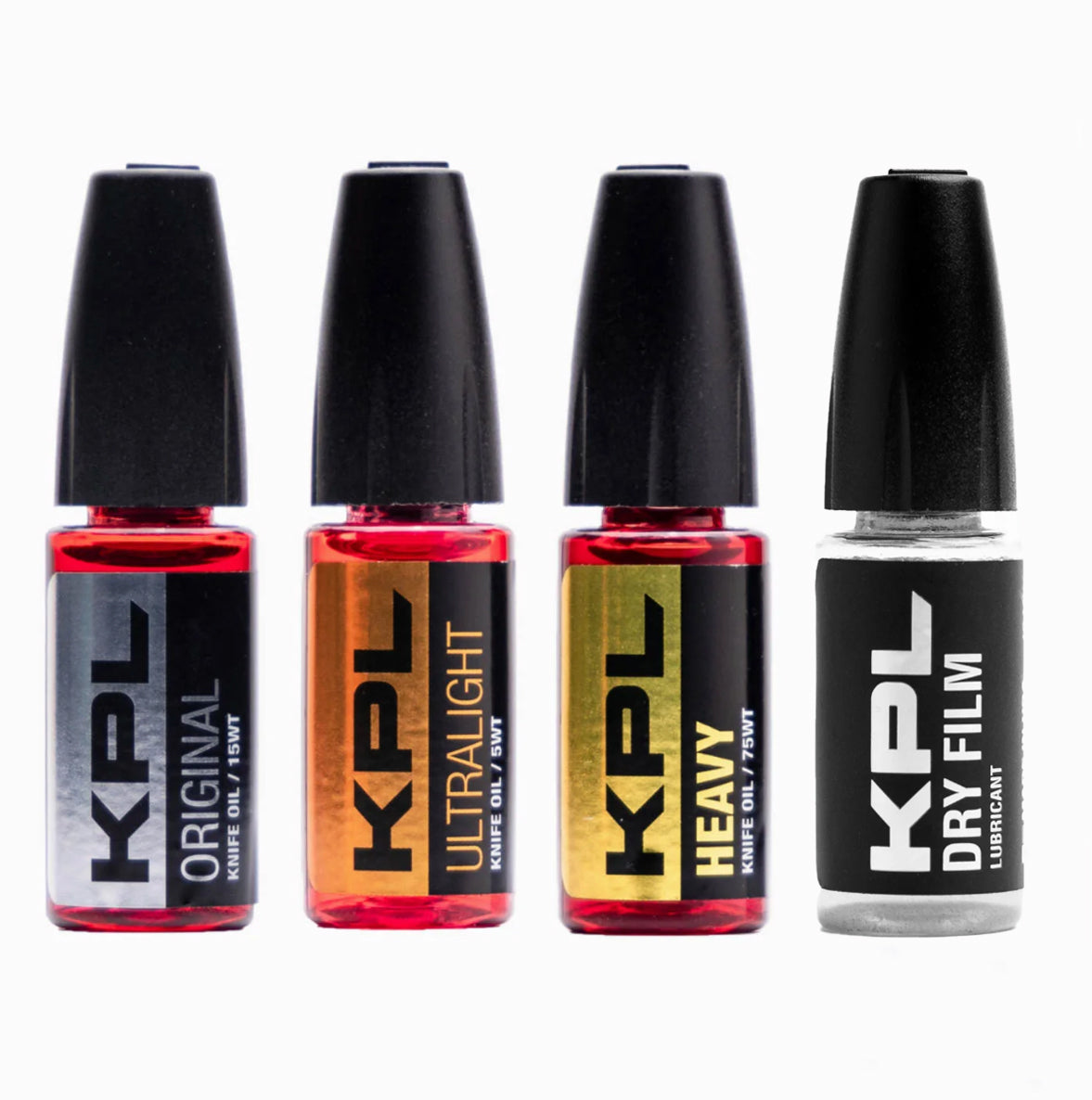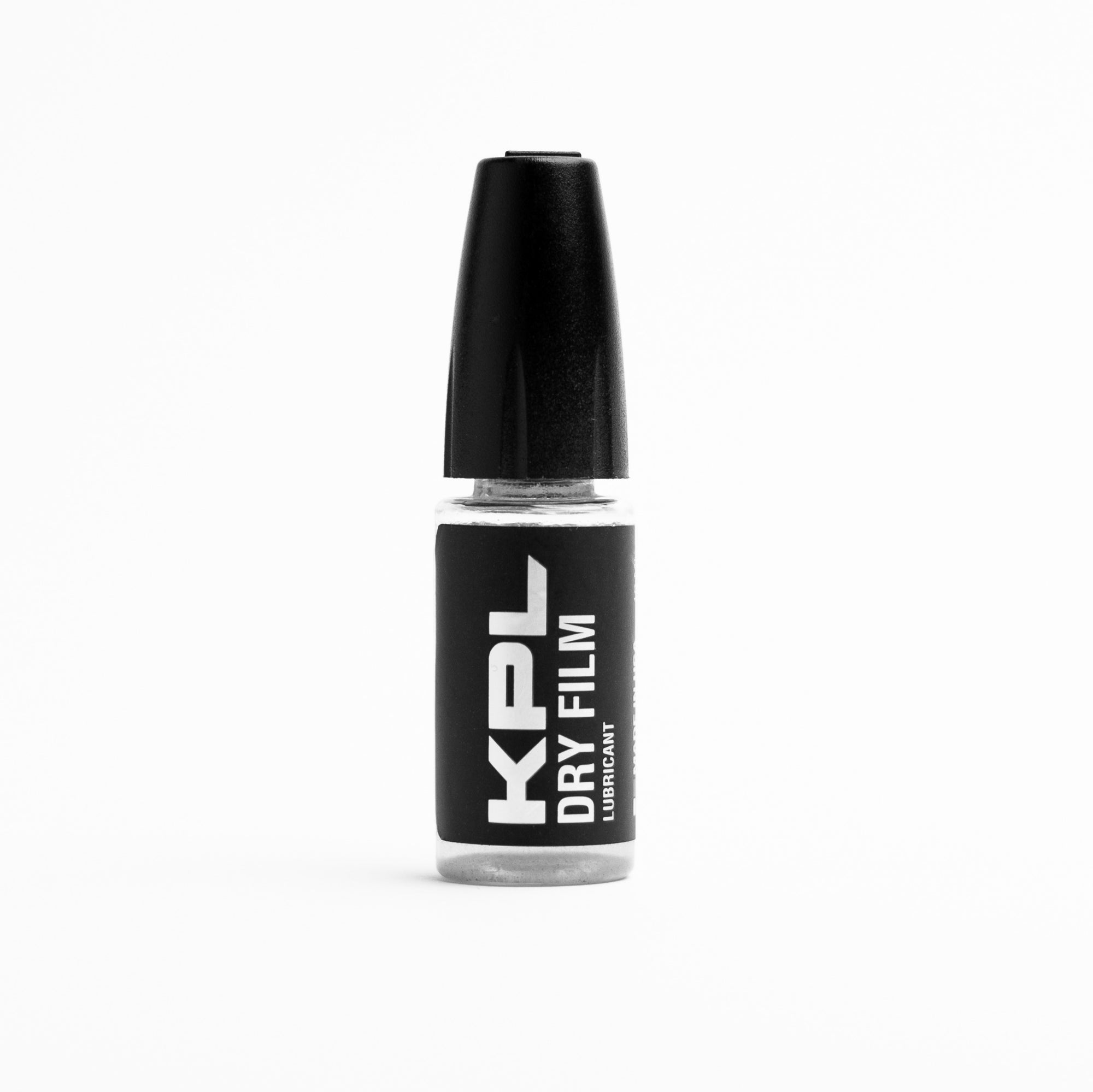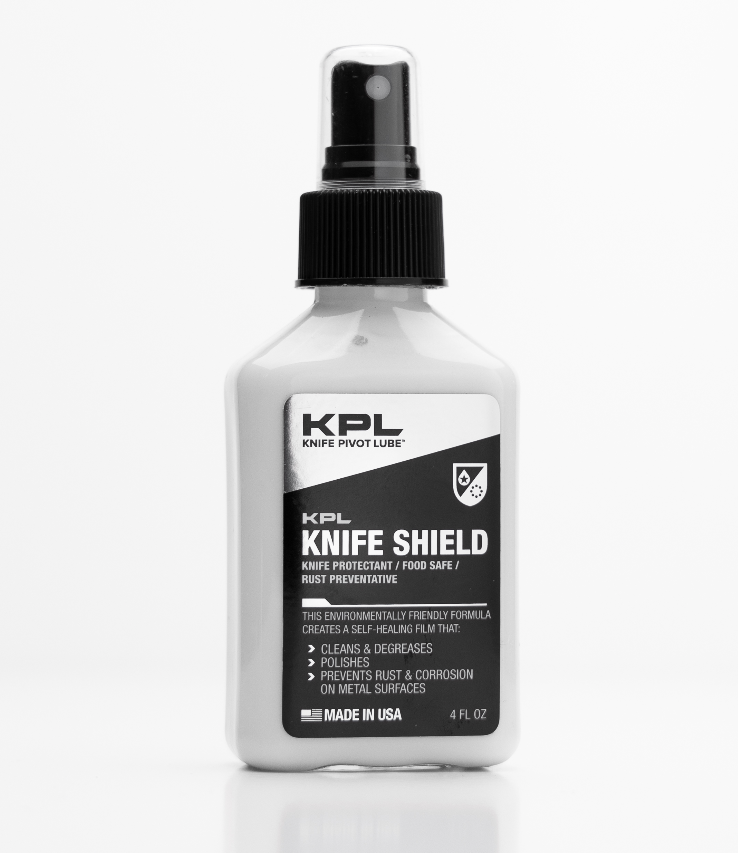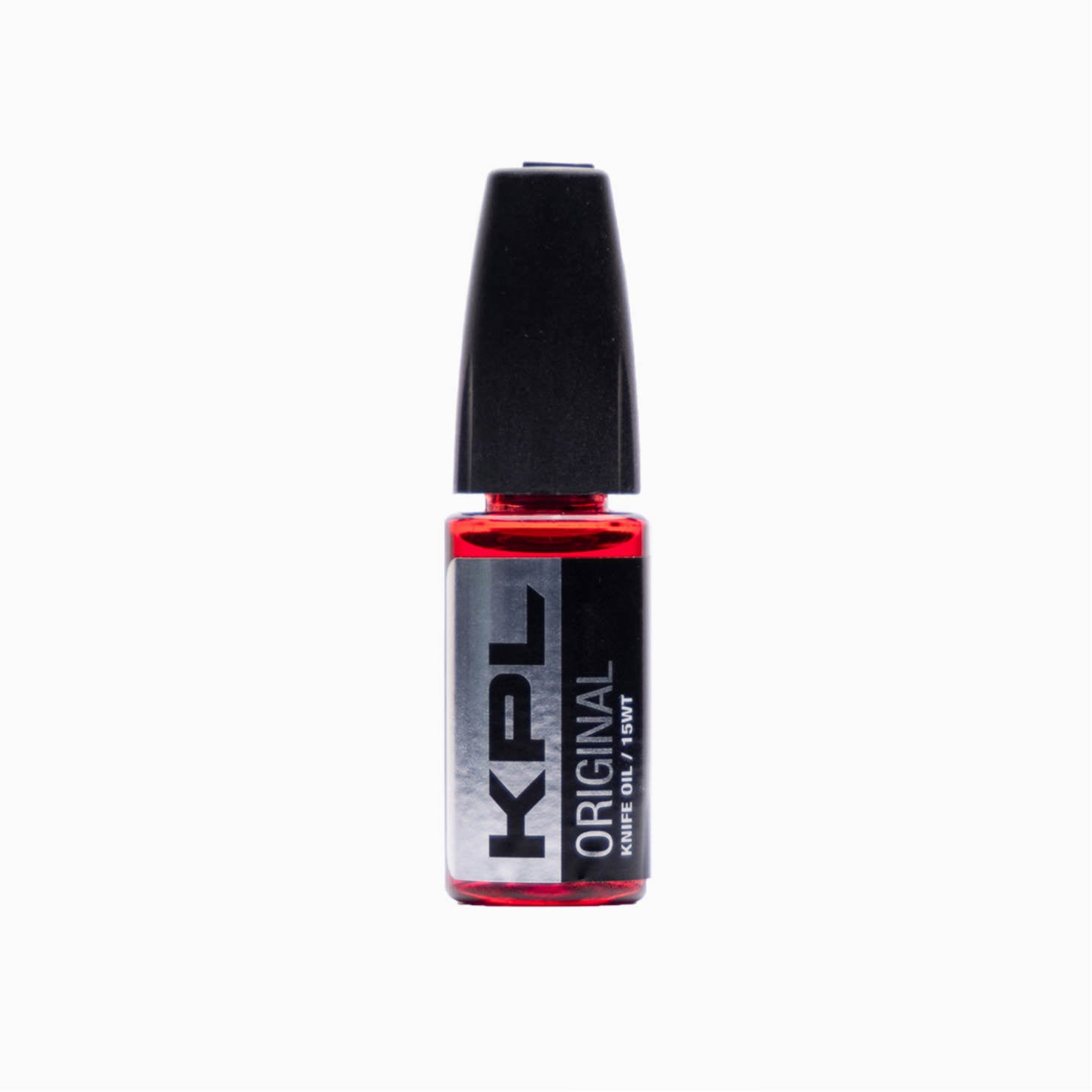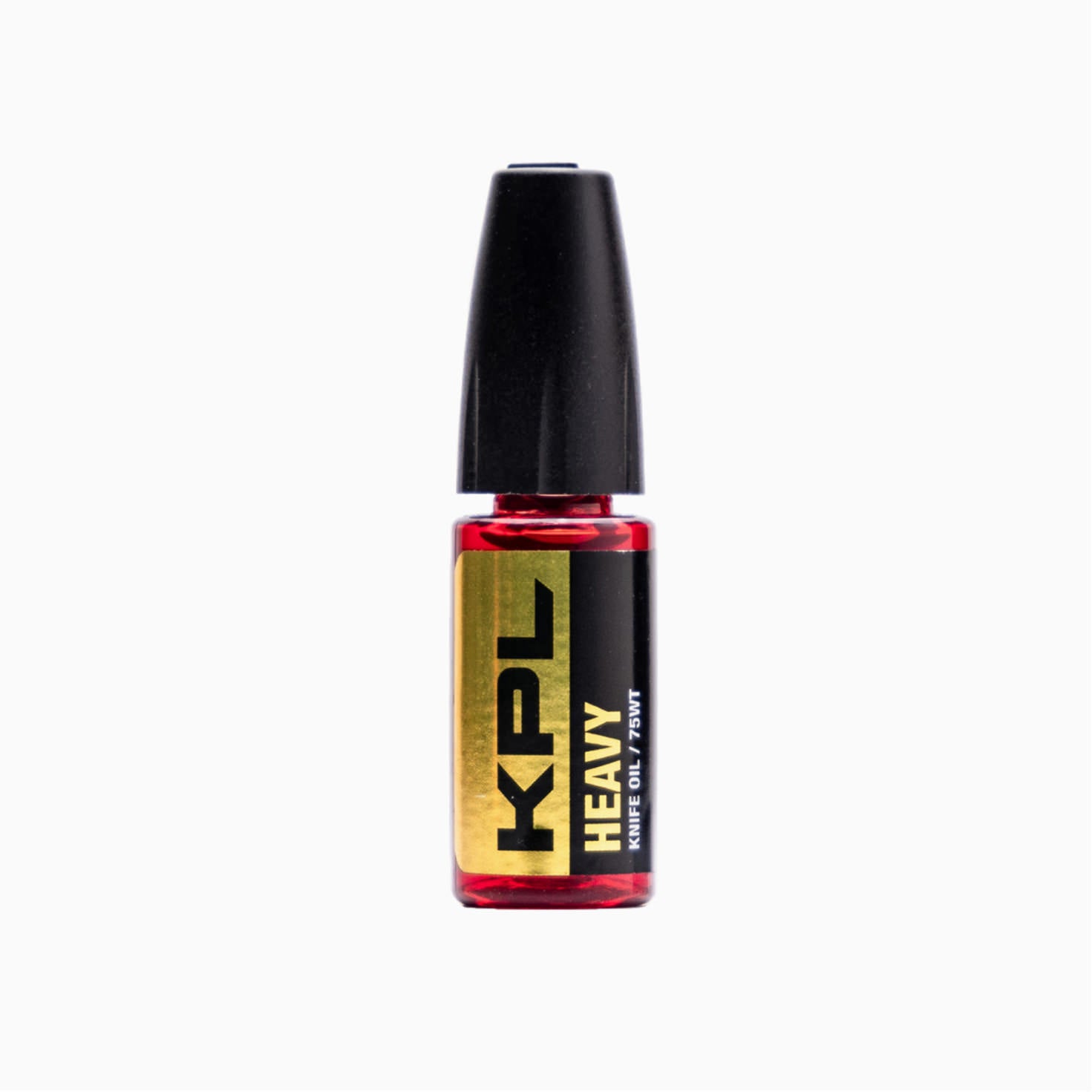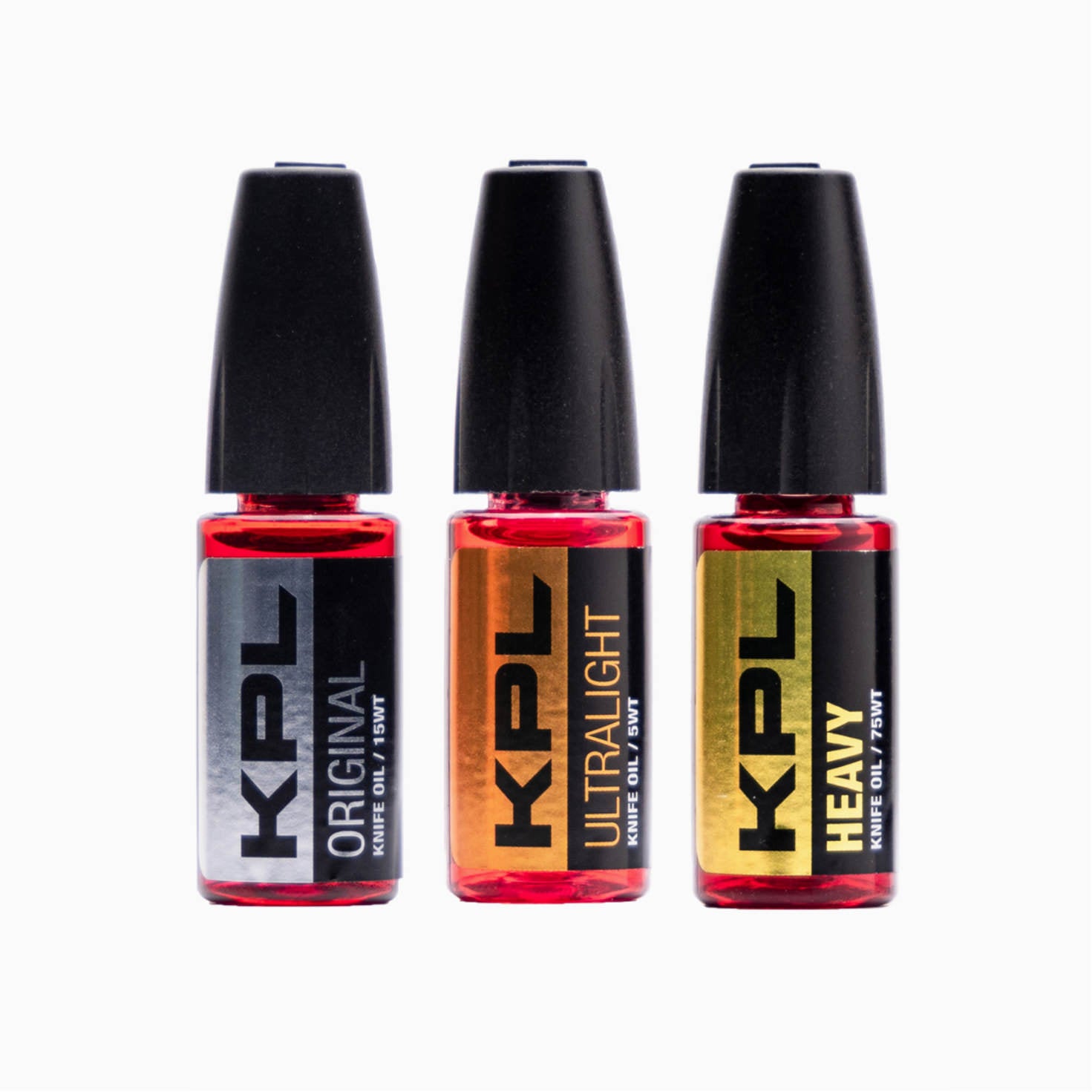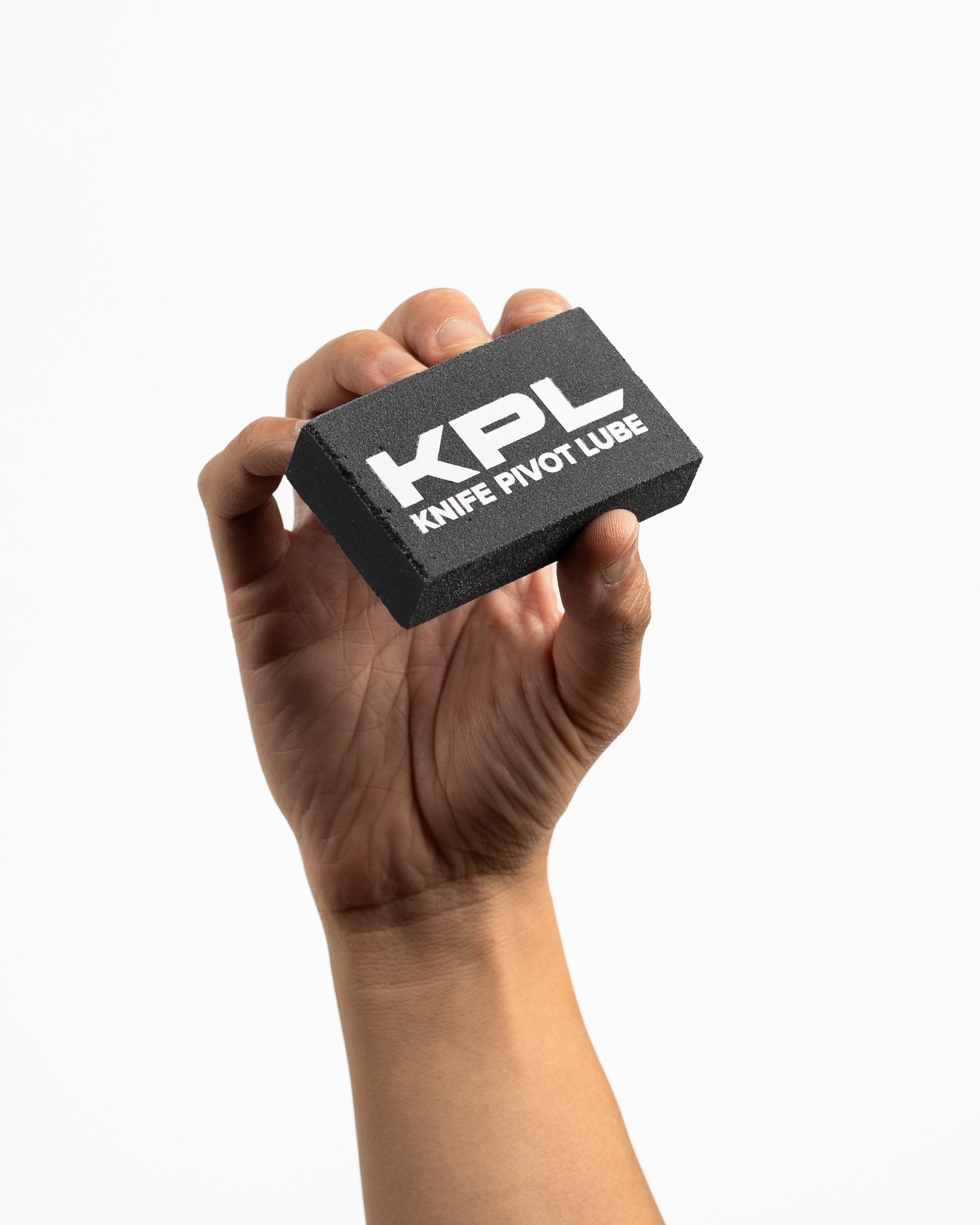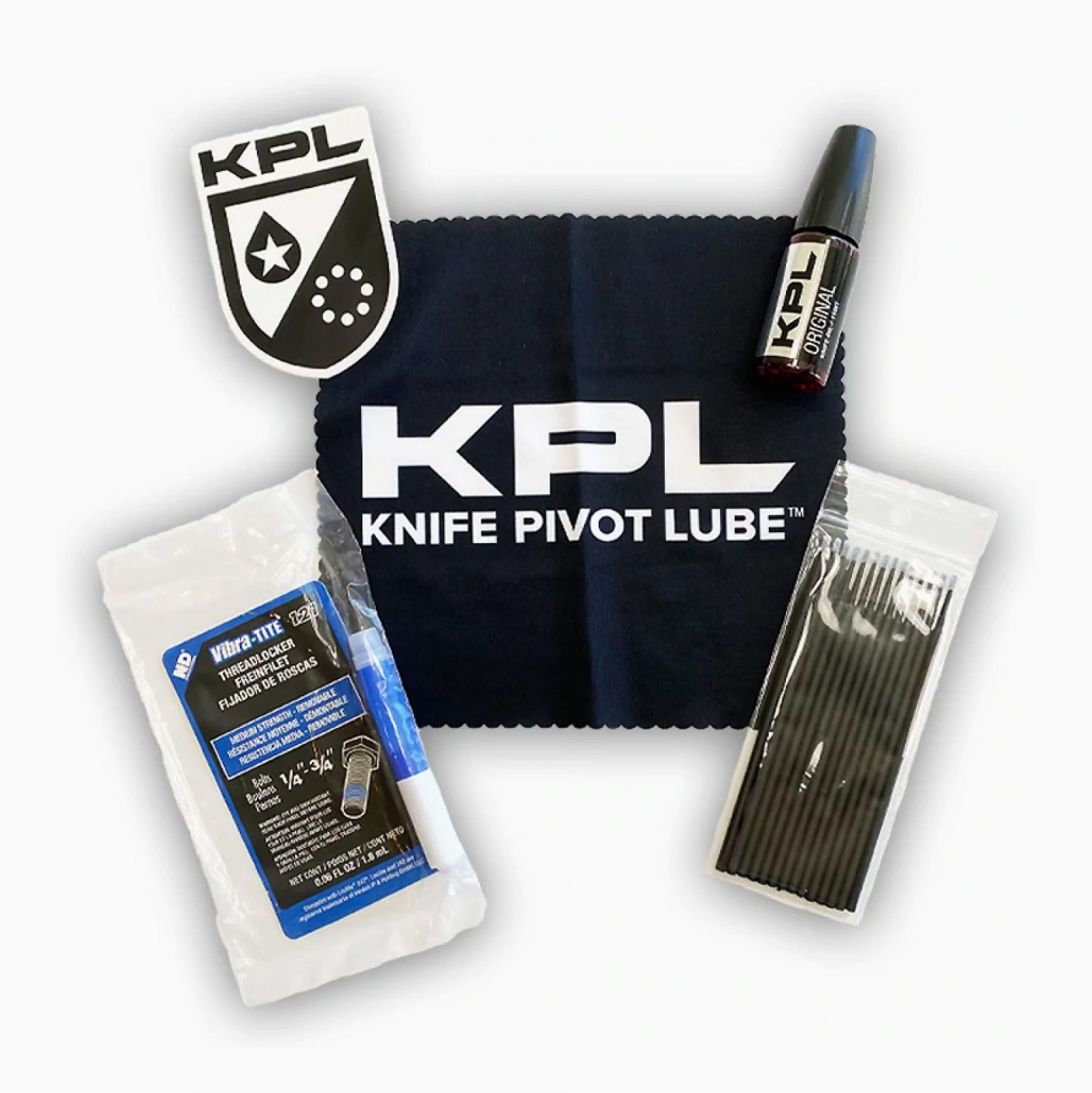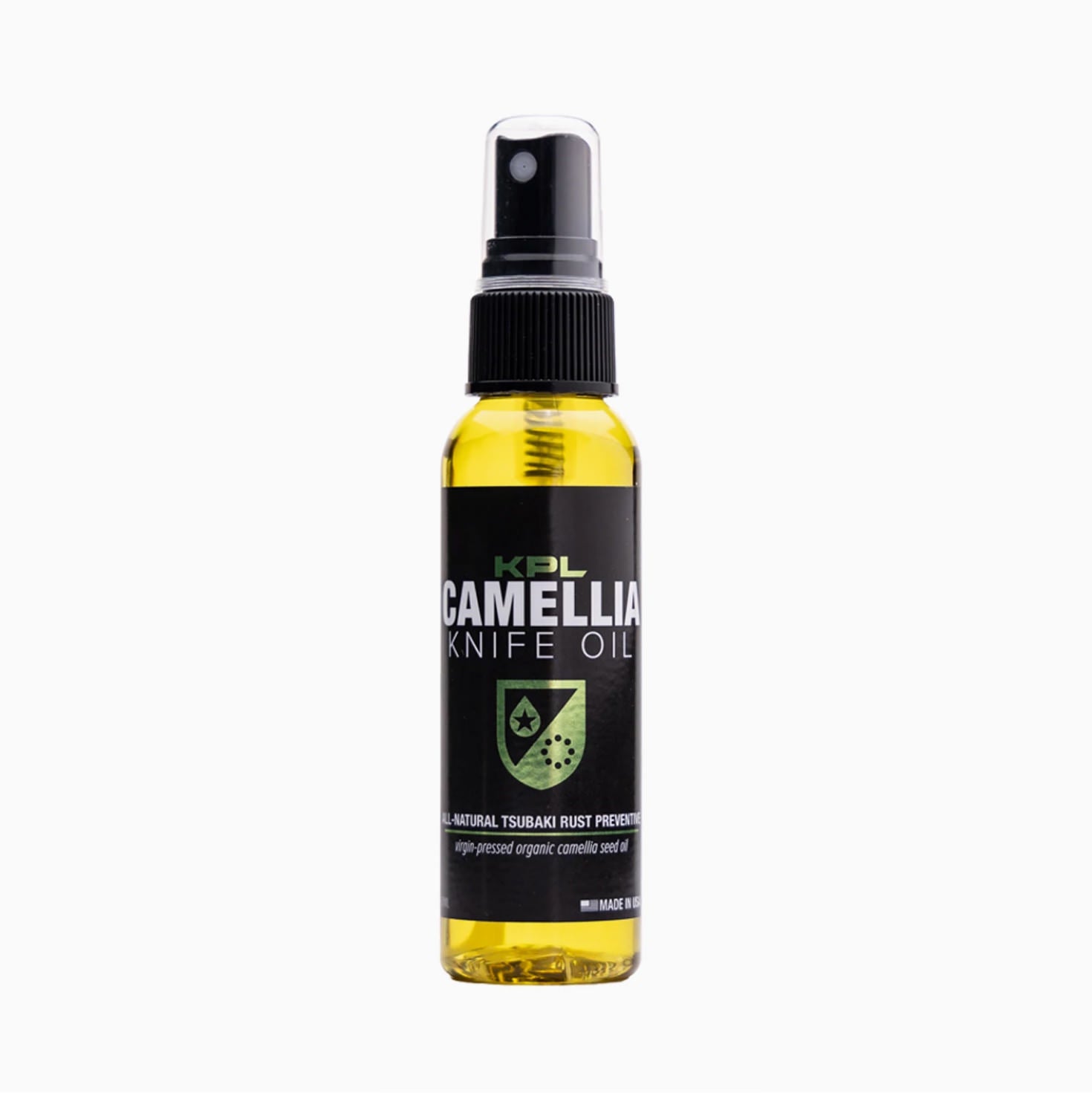NKD. You’ve been looking forward to this moment for weeks — checking tracking three times a day, following its every move as it made its way from post office to post office.
As you thank your mail carrier you kindly explain that you don’t have any time for chit chat today. You tear open the package, impatient and craving the inaugural flips with your new bali. Maybe just a zen rollover to get a feel for how it carries momentum — and then it happens…
It was just a thumb roll, a trick you’ve done thousands of times. How could this have happened? All the air leaves your lungs as the knife tumbles wildly towards the ground, accelerating at your new floor as if in slow motion.
The cacophonous clacks as the balisong skids across the tile like a ragdoll pierce your eardrums. You can see the resale value leaving the knife like a soul leaves its body.
Dread consumes you, and doubt leans over your shoulder to ask, “you dropped your balisong, will it be okay?”
Before this becomes an all out thriller/suspense article, good news everyone! Your balisong is probably just fine. Many modern balisongs are designed and built to be able to withstand countless drops.
Not all are, though, and there are a few questions you can ask yourself about your balisong to determine its “drop survivability,” as well as steps you can take to prevent damage to your knife collection while still being able to flip comfortably.
Note: Your first question after you drop a balisong should be “is my balisong okay” and not “is my ‘something else’ okay.”
It’s best not to flip over/around anything fragile and/or valuable, over any floor that you don’t want damaged, and certainly not around anything alive that might inadvertently get cut or hurt should you accidentally drop your knife.
Make sure to stay aware of your surroundings for experiences that are the most enjoyable and the least regrettable.
Another Note: If you mess up a trick while flipping, the best thing to do is to just let the balisong fall.
You may have heard expressions like “a falling knife has no handle,” “never try to catch a falling knife,” or “a falling balisong has no safe handle.”
If you haven’t, now you have! Trying to catch or stop a balisong when you’re not in control of it can result in injury that could be easily preventable by just bailing on the trick or combo.
Even if you are flipping a trainer/unsharpened blade it is recommended to let the knife fall so that you won’t create dangerous habits should you ever transition to a live blade.
Common Balisong Handle Materials and Blade Steels
Before going too much further, let’s take a quick look at common materials used to make balisongs. The materials your balisong is made out of is not the only factor in determining the outcome of any one drop, but will still inform the overall durability of your knife.
Blades
Starting with a quick word on blade steels - there are a lot of them. If you’re interested in learning more about the pros and cons of each, check out this article all about the differences and properties of common blade steels.
Some qualities are more important than others in certain situations, and any good knifemaker will factor this in when designing their product and selecting their materials.
For example, a good dive knife might sacrifice some hardness if it improves corrosion resistance - but someone making a balisong might opt for a harder steel with less corrosion resistance. Someone designing a budget knife might use a cheaper steel, and cut some corners on heat treatment in order to drive the cost down, sacrificing edge retention and durability.
All of that is to say that you’ll want to know the type of steel that your balisong blade is made out of.
Many modern balisongs use widely-used and durable steels for their knives that can withstand thousands of drops, but if you’re flipping a cheaper knife or clone you should be aware that steel can snap and break under enough stress and impact.

@kevinchingas.flipps' Alpha Beast clone with a snapped tang, likely the result of a bad heat treatment on a cheap blade steel
Certain high-carbon steels or some budget steels may also be more prone to rust, but keep your blades rust-free with Knife Shield!
Handles
Next up are handle materials - the most common being titanium, steel, aluminum, and g10. Each has its own advantages and disadvantages, but generally speaking you’ll be okay with any of these materials.
Titanium and steel are both very durable, but many balisong makers opt for titanium because its lighter weight improves flipping performance.
Aluminum is also light but is much softer than steel, making balis with aluminum handles much more susceptible to damage, dings, and scrapes if dropped.
G10 is a very durable composite material and can show damage if dropped, but won’t completely crack or get destroyed under most circumstances.
There are some other less common handle materials that you might encounter (wood, plastic, micarta, kirinite), all with varying degrees of durability.
Also, as with blade steels, keep in mind that the higher quality (and generally more expensive) materials will be more durable, and that even though metal is strong, it can still break.

These glow in the dark scales from @imoddknives for the BRS Replicant are made of Kirinite, an extremely fragile material
A Word on Price and Quality
Now, a quick word for the elephant that entered the room a few paragraphs ago: A higher price tag generally means better quality and better durability, but not always!
Although price can be a general guide to performance, there is not a 1:1 correlation. The price of a balisong (or any knife, for that matter) can go up for several reasons unrelated to performance.
Doing production runs versus hand making a dozen in a batch demand different resources and time commitments, and can result in very different price points for similar looking products.
Price can also go up for cosmetic reasons - perhaps the knifemaker chose to put a dragon skin pattern on the blade, or add their own artistic flair to the design.
Aesthetics and machining choices can also drive up the price of the knife without improving durability. In fact, some knives might be even less droppable than others with a higher price tag if they are a more unique or collector’s piece that you wouldn’t want damaged.

Potential Consequences of Dropping your Balisong
Now that you know what your balisong is made out of and what factors can influence drop survivability, it’s time to look at a few of the more common things that can actually happen if you drop your knife.
The least serious and most common result from knife drops is simple cosmetic damage. Scratches and dings most commonly accumulate towards the ends of the handles, making the knife look more used but shouldn’t impact performance in any way. This will decrease the resale value of your knife, though, so it’s still best to keep cosmetic damage to a minimum if you’re planning on selling your balisong on the secondary market.
Damage that does impact the performance of balisongs - whether that be flippability or cutting performance - comes with varying degrees of severity. If you actively use your balisong for cutting tasks, you might be more concerned with things like the blade chipping or dulling, or the tip being broken off.
If your balisong isn’t a user but you flip it regularly, you might be more concerned with screws or pins loosening and deterioration of tolerances.
How to repair damage from drops depends on the issue. If too many drops has resulted in increased handle play, you might be able to fix the knife right up with a few turns of the torx driver (check out this guide to balisong maintenance for reference).
If a tang or zen pin fell out, it’s best to try reaching out to the company you purchased the knife from to see if it’s covered under their warranty. Warranties won’t cover everything though, and typically won’t apply if you purchased the knife secondhand, so you might need to send your knife to a professional to fix certain problems.
Knifemakers generally won’t re-tip or regrind your blade for free, so keep that in mind when deciding what knife you want to flip and where.

Although the damage to the blade of @kutsilyo's Monarch will decrease resale value and impair cutting tasks, it will not have a negative effect on flipping performance. @jk__design and @hansenmetals make some durable balis!
Preventing and Mitigating Damage from Drops
If you do want to flip your balisong without having to worry about drops deteriorating its condition, the best way to mitigate any potential damage is by careful selection of what you flip over.
Avoiding flipping over hard surfaces such as hardwood, tile, concrete, etc., is the best way to keep your balisong in good shape. That way not only will your tile floor not tip your balisong, you also won’t have to worry about your balisong cracking that nice tile floor!
Obviously soft surfaces are the best surfaces to flip over. Beds and couches offer the best protection for your knife, but prepare to get some peculiar looks from people at the laundromat with sheets and couch cushions looking like they came from Michael Myers’ house.
Carpet will mostly protect your balisong from damage, but you might still experience some tolerance loss or even tip damage, depending on the carpet.
Many flippers opt to purchase some soft tile flooring. These offer several advantages for flipping over: they’ll protect your balisong against most damage, you won’t have to worry about damaging the tiles themselves, they can be stored away easily, you can connect however many tiles you need for a custom size, and there are many different colors and styles available.
Although there is extra cost involved, it’s better than tipping a $1000 knife!

Maybe your partner or roommate can’t stand the clicking and clacking any longer, the thumps of repeated drops coming from your room, and the occasional volley of expletives that come when you accidentally cut yourself.
It might be time to give your housemates a little peace and quiet and move the flipping to the great outdoors!
Flipping over dirt is typically a pretty safe bet in terms of preventing any permanent damage to your balisong, but your knife might get a little...well...dirty.
Just watch out for any stones that might be around, as those will definitely put some scuffs on! Similarly (and scenic-ly), flipping at the beach shouldn’t put any unwanted marks or damage on your knife. You might end up with some sandy pivots, but nothing that you won’t be able to clean out with some standard cleaning and upkeep.

I don’t like sand. It’s coarse, and rough, and irritating, and it gets everywhere.
Note: If flipping outside or in public, make sure that you are not violating any local or state laws by carrying and/or displaying your knife.
If it is legal to flip in public in your area, also keep in mind that not everyone thinks that balisong flipping is cool, so be mindful of your surroundings and others in your area to ensure that no one feels threatened or uneasy about your presence.
What is a “Beater”?
If all of that sounds like too much work, you can always just make your balisong a “beater” and disregard just about everything in this article you’ve read so far. It is a great and care-free feeling to flip without a thought in your head about what will happen if you drop your balisong.
Any balisong can be a beater, but some will hold up longer and better than others. Cheap knives may be able to take a beating for a while, but sooner or later it’s likely that something will fail that won’t be able to be repaired.
Knives that are made from higher quality materials and come from trusted companies will last much longer, or even indefinitely without serious issues, but can still accumulate plenty of cosmetic damage and may need replacement parts from time to time.

Even though beating a balisong will lessen its cash value, there is still a market for them. You probably won’t get top dollar for your beater Alpha Beast, but some people would actually prefer to buy one in rough shape.
Some people prefer knives that they don’t need to worry about preserving the condition of, or don’t want to pay full price for a new knife. Others might want to practice their modding or sharpening skills, so don’t worry too much about being able to resell your beater.
Conclusion: “I Dropped My Balisong, Will It Be Okay?”
Probably yes! Ultimately it just depends on what you consider to be okay. If you’re not trying to resell the knife or keep it in factory new condition, it should be fine.
Even if dropped on concrete, most modern balisongs won’t suffer any permanent performance issues from being dropped.
If you are considering reselling or just want to keep the knife as close to 10/10 condition as possible, just be a little extra aware of where you’re flipping your knife.
Balisongs are generally some pretty tough knives though, so try to just have fun instead of worrying too much about those pesky drops!
Don't forget to use code BARKHANDLE at checkout for 10% off KPL products!

